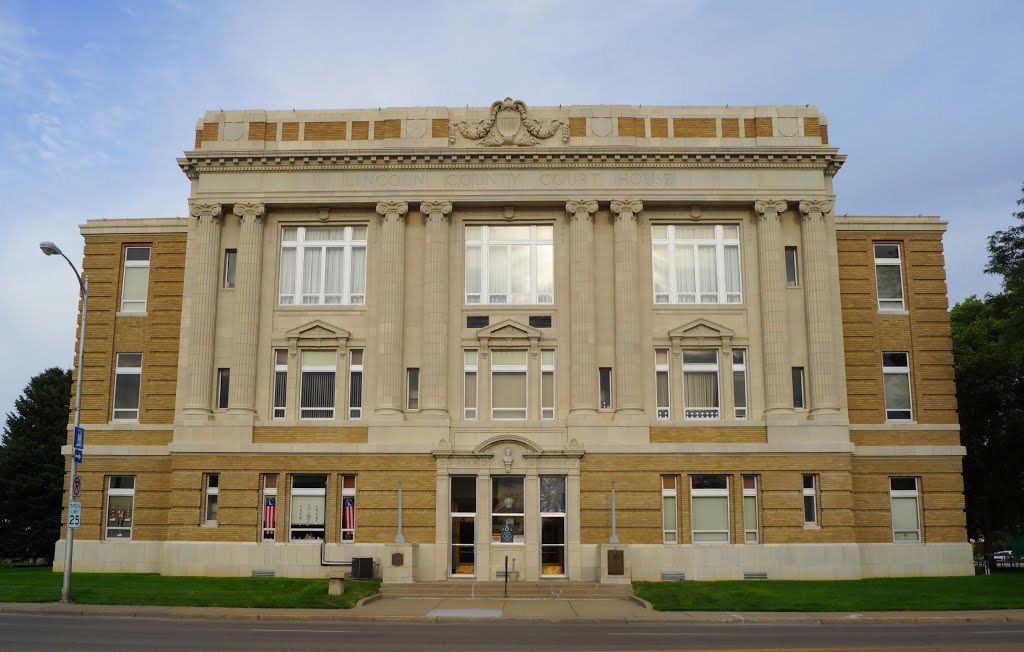Since the founding of our communities, organizations, businesses and citizens have stepped forward to build and serve their community. Click on any of the logos below to learn about those who made this website possible! If you would like to learn about becoming a sponsor CLICK HERE!
- County: Platte County, NE
- Region: Northeast NE
- Sponsors
- About Columbus, NE
- Businesses
- Community Organizations
- Faith Organizations
- Festivals and Events
- Points of Interest
- Veterans
- Visit Website
Learn how to Contribute to any of the above categories.
No news yet. Got some news? Hit that NEW POST button!
About Columbus, NE
Columbus is a city in and the county seat of Platte County, in the state of Nebraska. In the 18th century, the area around the confluence of the Platte and the Loup Rivers was used by a variety of Native American tribes, including Pawnee, Otoe, Ponca, and Omaha.
The Pawnee are thought to have descended from the Protohistoric Lower Loup Culture; the Otoe had moved from central Iowa into the lower Platte Valley in the early 18th century; and the closely related Omaha and Ponca had moved from the vicinity of the Ohio River mouth, settling along the Missouri by the mid-18th century. In 1720, Pawnee and Otoe allied with the French massacred the Spanish force led by Pedro de Villasur just south of the present site of Columbus.
In the 19th century, the “Great Platte River Road”—the valley of the Platte and North Platte rivers running from Fort Kearny to Fort Laramie— was the principal route of the westward expansion. For travelers following the north bank of the Platte, the Loup River, with its soft banks and quicksand’s, represented a major obstacle.
In the absence of a ferry or a bridge, most of these followed the Loup for a considerable distance upstream before attempting a crossing: the first major wave of Mormon emigrants, for instance, continued up that river to a point about three miles downstream from present-day.
Businesses of Columbus, NE
The businesses of our towns are truly the lifeblood of each community, click on any businesses below to learn about them, to learn how to add your business to your town and county page CLICK HERE!
Platte County, NE
Visit our county page and you will find information about our town and county's points of interest, festivals/events and faith community. You also will learn about the community organizations that have built and continue to build strong communities (chambers, community groups, and departments, etc) and much more when you visit the Platte County, NE page.

